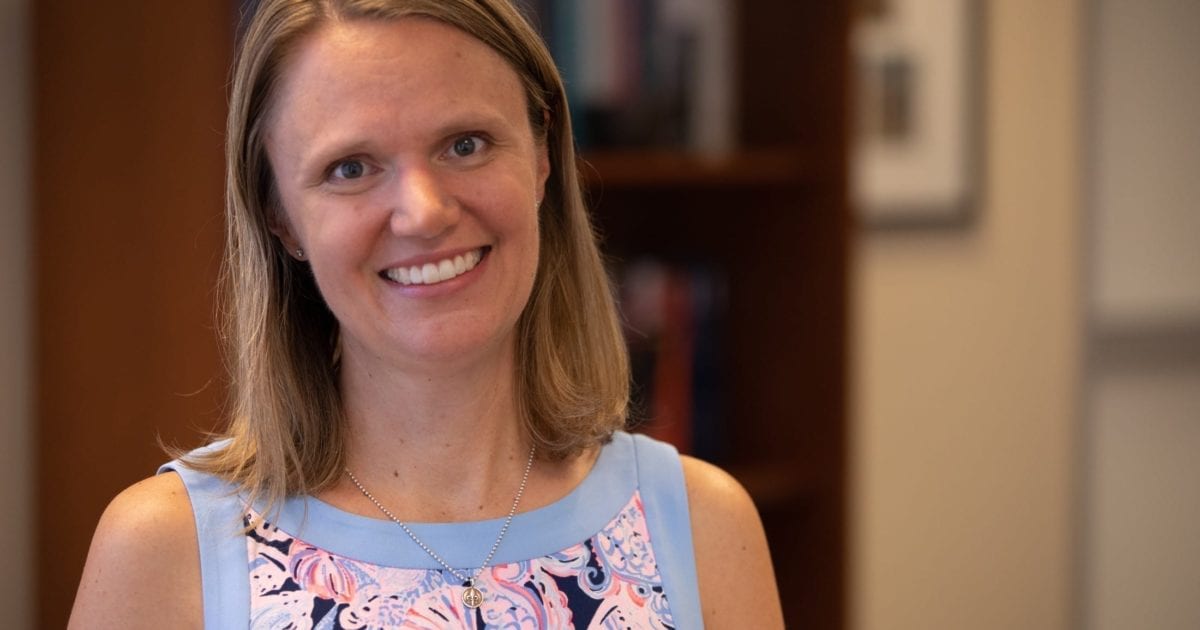Equity and Admissions Policies
As admissions policies nationwide are scrutinized more closely, two recent papers address policy changes that can affect equity in higher education. According to a working paper published by the National Bureau of Economic Research, a Texas policy that promises in-state college applicants in the top 10% of their high school class admission to any of the state’s universities increased access and improved graduation rates. The researchers found the Top Ten Percent rule, introduced to improve equity in college enrollment, brought in more students from high schools with higher shares of underrepresented and low-income populations and decreased access for students from the more advantaged, traditionally “feeder” high schools. Additionally, the researchers observed higher graduation rates among students from the typically underrepresented high schools, as well as some evidence for gains in earnings 7-9 years after college. With the policy in place, students from the more advantaged high schools tended to attend less selective colleges, but did not experience declines in overall college enrollment, graduation, or earnings.
Another recent paper, Income Segregation and Intergenerational Mobility Across Colleges in the United States says that a hypothetical policy of giving middle-class and low-income students the same edge that legacy students receive in college admissions would help decrease economic segregation in higher education. A team of economists showed that, relative to high-achieving affluent and low-income students, students with high test scores from the middle class enroll in Ivy League-caliber institutions at lower rates. The research suggests that the proportion of middle-class students on Ivy League-caliber campuses could be increased to 38 percent from 28 percent by enrolling more of those who have the same high SAT scores as wealthy applicants. The paper also shows that changes in college attendance patterns would have substantial effects on upward mobility among college-goers in the U.S. They state that equalizing attendance rates for students with the same test scores would reduce outcome gaps by 15%.
Free College Poll
A study from the Pew Research Center, conducted in January, found that nearly two-thirds of Americans (63%) support tuition-free public college for all U.S. students, including 37% who strongly favor the proposal. The study also shows considerably partisan and demographic differences in opinion of tuition-free college. While 83% of Democrats and Democratic-leaning adults Pew surveyed favor free college, 60% of Republicans and those who skewed Republican oppose the concept. Republicans under age 30 slightly favored tuition-free college, and were more than twice as likely as republicans 65 and older to support it (55% vs, 24%). Generally speaking, the age divide over the proposal was stark: While 75% of adults under age 30 favor this proposal, it drew support from only 47% of those ages 65 and older. Just over half of white Americans (53%) favored free public college, compared to 86% and 82%, respec- tively, among black and Hispanic adults.
Update on Hunger and Homelessness
The updated 2019 #RealCollege survey led by the Hope Center for College, Community and Justice at Temple University, reveals a continuing problem with food and/or housing insecurity affecting college students in the U.S. Now in its fifth year, the survey was completed by more than 167,000 students at 227 community colleges and four-year colleges and universities. Seventeen percent of students who answered the survey reported being homeless at some point in the previous year, 39% said they were food-insecure in the prior 30 days, and 46% said they faced some level of housing insecurity in the previous year. The rates of food and housing insecurity are lower than they were for the sample of students and colleges assessed in 2018, while results for homelessness remained the same.
The report shows that basic needs insecurity continues to be more common among students attending two-year colleges compared with those attending four-year colleges. The report also found that Black and Indigenous students, students identifying as nonbinary or transgender, students enrolled part-time, and students who are former foster youth, are at greater risk of basic needs insecurity. To address these issues, the Hope Center calls for programs to advance cultural shifts on college campuses, engagement with community organizations and the private sector, more robust emergency aid programs, and a basic needs-centered approach to government policy.
Higher Education Decreases Premature Mortality
According to a new study published in the American Journal of Public Health, post-secondary education reduces the risk of early death. To assess whether education is associated with premature mortality, researchers analyzed data from the Coronary Artery Risk Development in Young Adults study, which followed a cohort of 5,114 black and white men and women for 29 years. Roy, B. et al found that each level of education attained is associated with 1.37 fewer “years of potential life lost.” The authors also note educational disparities grew wider between 1990 and 2000 and persisted or worsened during the 2000s.
Heightened Risk for Eating Disorders among LGBTQ Students
A study published in the International Journal of Eating Disorders found that LGBTQ college students are more likely to develop eating disorders than their heterosexual and cisgender peers. Researchers, using data from the College Student Health Survey, found that cisgender women, transgender and gender nonconforming students reported higher rates of eating disorder diagnoses than cis-gender men. In comparison to their heterosexual peers, lesbian, gay and bisexual students also had a higher likelihood of having these disorders, and cisgender bisexual women had the highest rates. The researchers concluded that additional preventative efforts are needed to reduce prevalence among marginalized groups.




